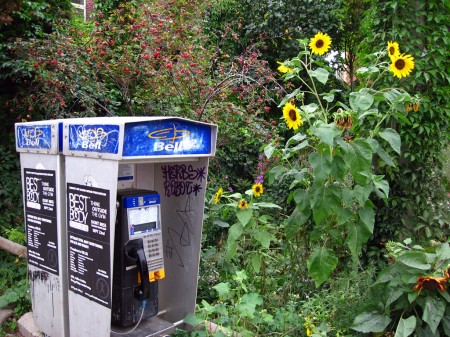This Economist article on geoengineering takes the same basic stance I have: that it is worth developing as a backup strategy, but that it is too dangerous to rely upon as an alternative to mitigation. That being said, they treat some of the options more generously than I would. On the basis of what I have read so far, ocean fertilization seems unlikely to work, and the secondary side-effects of sulfate injection seem too severe – not to mention how any geoengineering strategy that does not actually reduce carbon dioxide concentrations dooms to oceans to becoming ever-more-acidic for as long as we keep burning fossil fuels.
The strangest idea discussed in the article sounds like the kind of approach a Bond-villain would dream up:
Perhaps the most intriguing idea—which was published last year, though not discussed by the Royal Society—is to eject carbon dioxide from the atmosphere at the Earth’s poles, using the planet’s magnetic field. This may sound absurd, but oxygen already leaks out this way (the phenomenon is the subject of a paper just published by Hans Nilsson of Swedish Institute of Space Physics). Alfred Wong, a researcher at the University of California, Los Angeles, proposes that a system involving powerful lasers and finely tuned radio waves could encourage carbon dioxide to take the same route. His calculations suggested that using lasers to ionise molecules of carbon dioxide, and radio waves to get them to spin at the correct rate, would cause those molecules to spiral away from Earth along the lines of magnetic force until they were lost for ever in space.
I have no idea whether this could actually work. Furthermore, implementing it meaningfully would require ejecting about 35 billion tonnes of carbon dioxide per year into space. That seems likely to have some weird consequences.


Removing CO2 From the Air Efficiently
Canadian scientists have created a device that efficiently removes CO2 from the atmosphere. “The proposed air capture system differs from existing carbon capture and storage technology … while CCS involves installing equipment at, say, a coal-fired power plant to capture CO2 produced during the coal-burning process, … air capture machines will be able to literally remove the CO2 present in ambient air everywhere. [The team used] … a custom-built tower to capture CO2 directly from the air while requiring less than 100 kilowatt-hours of electricity per tonne of carbon dioxide.”
The ‘Prescott Oil’ satire in this Colbert Report clip is a pretty effective criticism of recent advertising by oil companies.